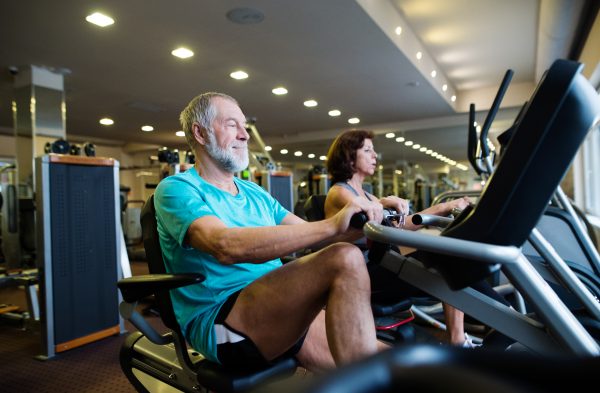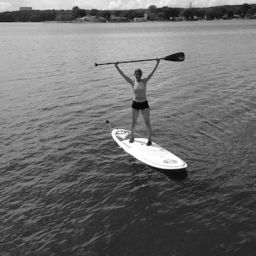Exercise is critical to living well with Parkinson’s. The benefits from regular, physical exercise include improved sleep, increased endorphins that minimize depression and a reduction in bradykinesia, just to name a few. Exercise also decreases blood pressure.
High blood pressure is linked to a number of health concerns. By exercising regularly, your heart becomes stronger and better able to pump more blood without working as hard. When your heart can pump more blood and exert less energy, the pressure on your arteries lessens which can cause a decrease in blood pressure. What we do not want, especially while exercising, however, is a sudden drop in blood pressure.
What is nOH?
Neurogenic Orthostatic Hypotension (nOH) is a condition that can cause abnormally low blood pressure upon standing and may present a risk during exercise. Loss of balance, falling or fainting can occur with nOH as well; however, there are actions you can take to stay safe.
Balancing regular exercise with the effects of nOH is possible. A good first step is to talk with members of your care team, specifically a physical therapist. They can suggest activities that are great for your muscles, heart and lungs but don’t cause dramatic decreases in blood pressure.
How to Exercise Safely with nOH
Stretch Out
Exercising in a recumbent position extends the legs and feet forward horizontally with the body seated and slightly reclined. This is a more comfortable form of exercise for some people that allows for longer periods of exercise and reduces the risk of falling. Stationary recumbent bicycles or rowing machines are good examples of this body position.
Use Bands
Elastic bands and light-weight isotonic exercises are recommended over heavier isometric exercises where weights held in place may lead you to strain and hold your breath which can cause a decrease in blood flow.
Get in the Pool
Some of the best and safest exercises for those with nOH are those performed in a pool. Water is great for exercising with nOH because its hydrostatic pressure will prevent blood pressure from dropping drastically even if you are standing. For pool-based exercise, remember to keep most of your body underwater for the hydrostatic pressure benefit but keep your head above water enough for safe breathing.
Go with the Flow
Other great activities that a physical therapist might recommend include yoga, Pilates, tai chi and stretching. These low-intensity exercises can keep your muscles active without putting too much stress on your blood pressure.
Tips for Exercising with nOH
- Hydration is important for both exercise and nOH therapy. Always drink plenty of water while exercising; however, if you have nOH, work with your doctor to determine how much water you should drink per day. Sports drinks, juices and non-diet beverages are not recommended due to their high sugar content which can create rapid changes in blood pressure.
- Drinking 16-ounces of cold water prior to exercise will not only hydrate you, but it will also increase blood volume and slightly raise your blood pressure for a few hours.
- Avoid hot drinks, alcohol and high-glycemic foods as they can cause sudden changes in blood pressure.
- Wearing compression stockings will reduce venous pooling upon standing and will increase and maintain blood pressure while exercising. There are several “strengths” of compression available from light to heavy. A medium strength stocking (20-30mmHG) is a good place to start. To gain the full benefit of compression, wear full-length stockings worn up to the abdomen. Knee-high stockings and sport style socks are not as effective.
Do you ever experience dizziness or lightheadedness?
It could be nOH. This 30-minute educational presentation teaches you what nOH is, how it affects your blood pressure symptoms and how to treat and manage it. Thank you to Dr. Claassen and Lundbeck for putting this informative piece together for the Parkinson’s community. Watch it here: idmeetings.com/nohmatters
Want to learn more about nOH?
Manage Neurogenic Orthostatic Hypotension
A Commitment to Fitness Despite Parkinson’s and nOH
Preventing and treating orthostatic hypotension: As easy as A, B, C
What Is Neurogenic Orthostatic Hypotension (nOH)?


















What do you do to excruciating pain in your joints and muscles hurt so bad you can’t breathe
Hi Pam – Thank you for reading. I’m sorry you are experiencing so much pain. Have you been assessed by a Parkinson’s physical therapist? I might start there and work in conjunction with your movement disorder specialist or neurologist, if you have one, to determine if there’s a regimen that could work for you and not cause so much pain.
In reference to exercise, I find the program, Rock Steady, invaluable! It is a world wide exercise program (which includes boxing) for Parkinson folks. Gail Summerville